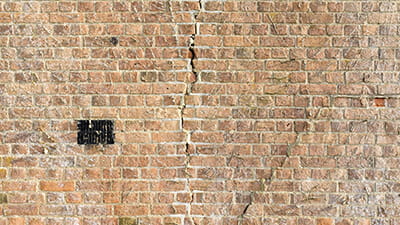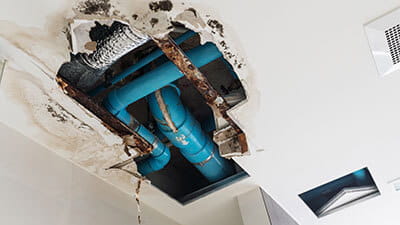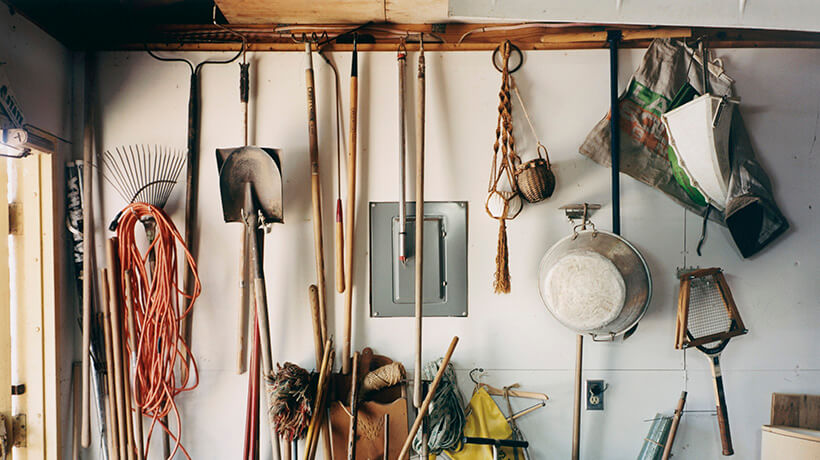Here's how to get your claim started
At Saga we use a group of underwriters to provide our cover.
The underwriter that insures your buildings and/or contents is the one that gave you the best price out of our specially chosen group of providers.
It's important your claim is dealt with as soon as possible. This is why your policy documents show your underwriter's name and claims phone number so you can get straight through to them.
Step 1: Check you're covered
Before making a claim, take a look at your policy documents to see if you're covered. For example, some claims can be rejected if they're caused by accidental damage and you don't have accidental damage cover on your policy. It's an optional extra with Saga Select, and it's included with Saga Plus.
You will need to check what type of cover you have, which could be:
- Buildings-only, for the structure of your home such as walls, ceilings, doors and fitted items like kitchen units.
- Contents-only, for carpets and the items you move into your home, such as furniture, TVs and rugs.
- Combined, which is having both buildings and contents insurance.
Your policy documents will also specify the excess you have to pay when making a claim. If your claim is for both your buildings and contents, you will pay both excesses listed in the documents.
Can't find your policy documents?
If you gave us an email address when buying your policy, you can find a copy of your documents online at MySaga. Just enter your email address and create a password to sign in.
Step 2: Call your insurer
- Once you've got your policy documents, ring the claims number. Claims lines for all Saga's insurers are open 24 hours a day, 7 days a week.
- Keep the document to hand to tell them your policy number.
- There are usually no forms to fill in and you'll go through what's happened and what you're claiming for over the phone.
- Get your claim started as soon as possible even if you are unsure of the extent of the damage. The important thing is to have your claim on record and further details can be added or confirmed later.
Do you have a combined policy with two different insurers?
If you have combined buildings and contents cover, you could have one insurer for your buildings and another insurer for your contents.
If your claim is for both buildings and contents damage, you will need to contact each insurer separately. The phone number to call for buildings claims and contents claims is shown on your documents.
You will have to pay the excess for buildings and contents sections for combined policy claims, even if you have the same insurer for both.
Step 3: What will happen next
Every claim is different. If you're claiming for just one damaged item, it might be simple enough just to find out the cost of a replacement and transfer the money to you.
More complex claims might need photographs of the damage or a visit from an independent loss adjuster before repairs can be approved.
Once your claim has been reviewed, you'll hear from your insurer. Depending on your type of claim, there could be a number of things that could happen next:
- Your claim is settled and and your payment is sent to you
- More information is needed and then you'll be kept updated on your claim's progress
- Your claim is passed on to a specialist if it's complex or there's significant damage caused by fire, flood, subsidence or escape of water.
Saga Home Emergency
If you've added Saga Home Emergency to your policy and you have an unexpected incident that needs immediate action, you can request assistance by making a claim online.
Or you can call the 24/7 helpline on 0800 092 1426
Please note, all claims registered online are managed in the same way as those submitted via our telephony service.
This service is available in emergency situations only, such as if a water pipe suddenly starts leaking badly and there's nothing you can do to stop it, or you lose power to your home and/or your lights stop working. Your policy Schedule will show if you have Saga Home Emergency cover.
Saga Legal Expenses
If you've added Saga Legal expenses to your home insurance policy and need assistance, here are the numbers to call:
Legal Expenses claims, advice or help with an existing claim:
To get advice or assistance with an online security problem, or if you think you've been the victim of a cyberattack:
For advice on fraud and scams:
Lines are open 24 hours a day, 7 days a week.
If your claim has been passed to a supplier or loss adjuster, here are some useful points that you might like to know
- A supplier will be used to help review your claim and may contact you to discuss it further
- In the event of a large loss or complex claim, for example a house fire, your insurer may appoint a loss adjuster to help you through the claim journey.
Your excess is the amount you pay towards your claim. You will have agreed your excess amount when arranging your insurance policy.
- Please refer to your policy documents for further details of your own specific excesses.
- There are separate excesses that apply under both the buildings and contents policies.
- These will either be payable to our nominated suppliers or deducted from settlement payments.
An underwriter, or insurer, is the firm that takes on risk and pays out for loss and damage.
Saga Home Insurance is underwritten by a number of carefully selected insurers that provide the same high standards of quality and service as we do. When you phone to make a claim, you'll be contacting your specific underwriter, not Saga, who will expertly handle your claim from start to finish.
You may find you have different underwriters for your combined building and contents policy with Saga.
This may mean if you are making a claim under both sections of your policy, you will deal with both insurers who will oversee their part of your claim.
Buildings claims can be made for damage to structural elements in your home, such as the roof, floors and walls.
Contents claims can be made for those items within the household which are not part of the building itself, such as your furniture. Depending on the insurance you have taken with us, it may also include items of jewellery or clothing.
There are some things that are not covered by your insurance policy:
- General maintenance of your property including things like the roof and guttering, heating and hot water system, and appliances like washing machines and dishwashers
- Wear and tear and things that happen gradually over a period of time
- Mechanical and electrical failure of appliances.
For further details or more specific information on what is covered by your insurance, please check your policy documents.












